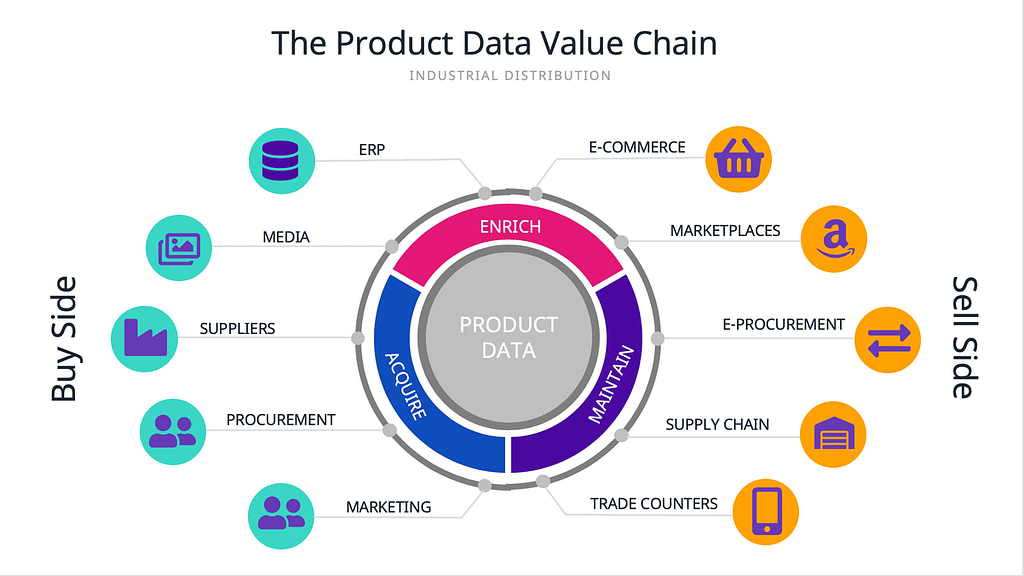These are stark in their clarity;
Customer expectations are rising by the month. Not only do they want a seamless customer experience in terms of the end-to-end distribution journey, but they also expect timely and wholly accurate product data to make effective and informed decisions on ordering. The more agile distributors are already onto the fact that customers are demanding greater convenience, added value and price transparency.
Digitisation of tools used by industrial distributors is encouraging the optimisation of product data to the maximum. The supplier data experience of interacting with the distributor and provisioning data to the distributor makes this digital experience critically important and drives strong satisfaction and repeat business.
The move towards disintermediation represents a major challenge to distributors. Fragmentation of the market and consolidation of big players mean many manufacturers are acting on the leverage gained by robust customer relationship-building by going direct to them, cutting out the distributor entirely.
